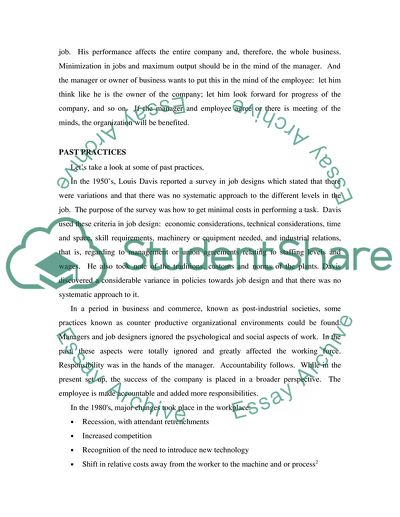Cite this document
(Job Design and Employee Motivation Essay Example | Topics and Well Written Essays - 4000 words, n.d.)
Job Design and Employee Motivation Essay Example | Topics and Well Written Essays - 4000 words. Retrieved from https://studentshare.org/human-resources/1705878-see-attachment
Job Design and Employee Motivation Essay Example | Topics and Well Written Essays - 4000 words. Retrieved from https://studentshare.org/human-resources/1705878-see-attachment
(Job Design and Employee Motivation Essay Example | Topics and Well Written Essays - 4000 Words)
Job Design and Employee Motivation Essay Example | Topics and Well Written Essays - 4000 Words. https://studentshare.org/human-resources/1705878-see-attachment.
Job Design and Employee Motivation Essay Example | Topics and Well Written Essays - 4000 Words. https://studentshare.org/human-resources/1705878-see-attachment.
“Job Design and Employee Motivation Essay Example | Topics and Well Written Essays - 4000 Words”, n.d. https://studentshare.org/human-resources/1705878-see-attachment.


